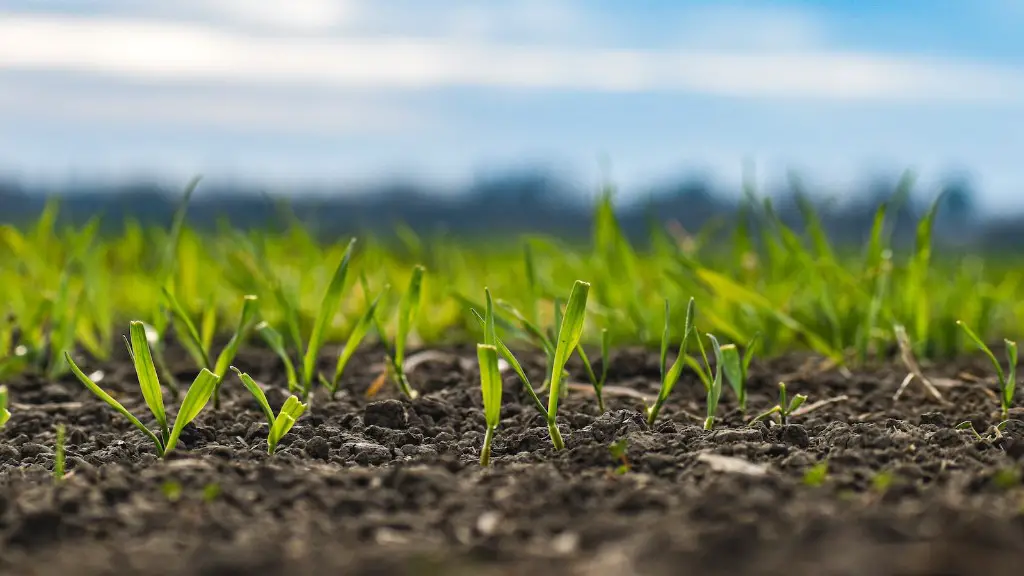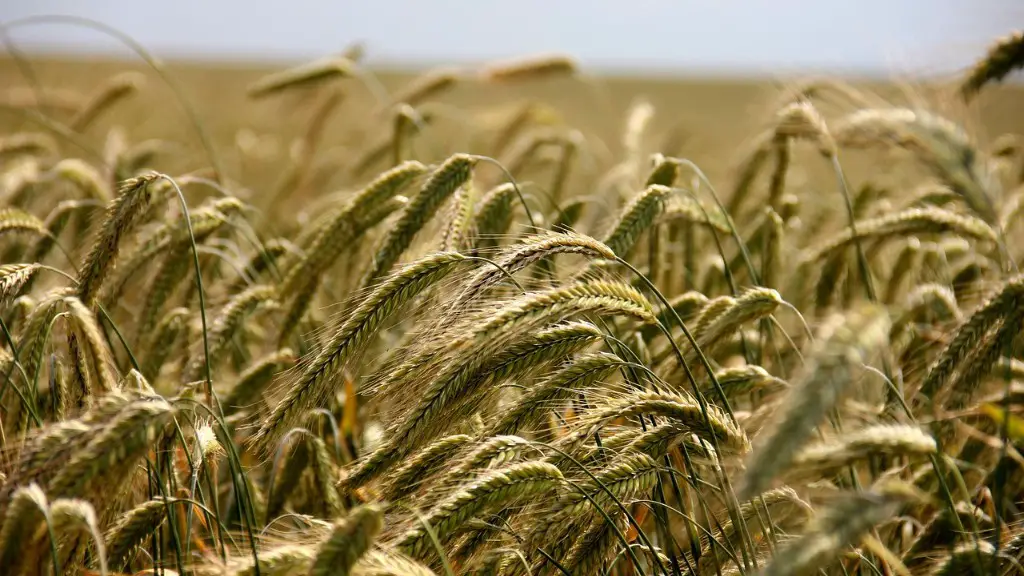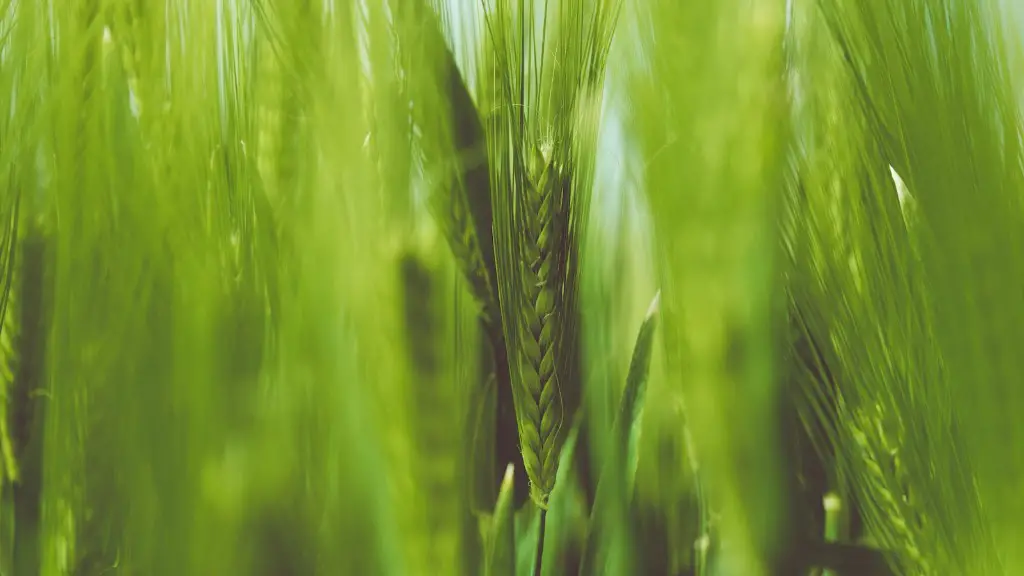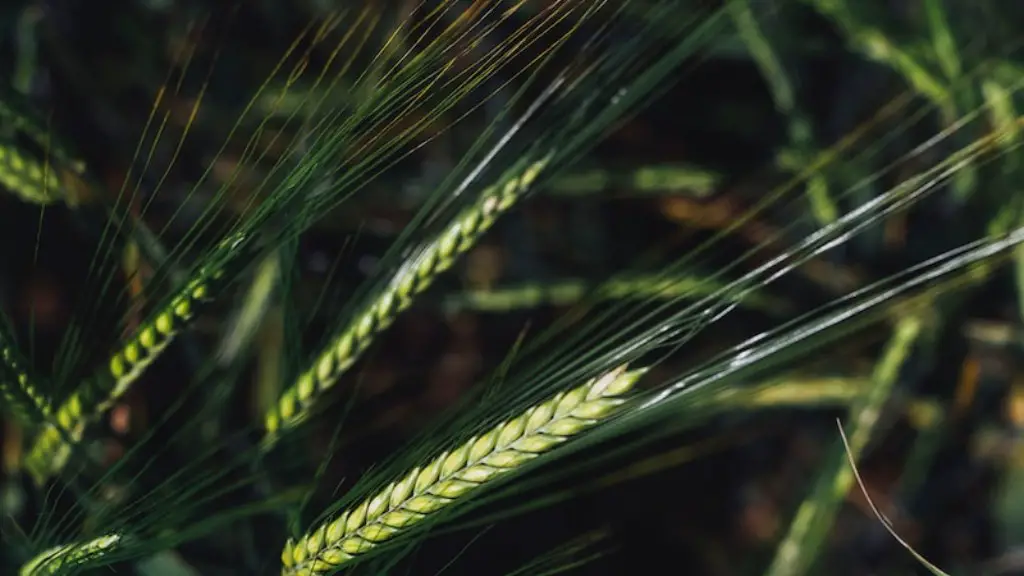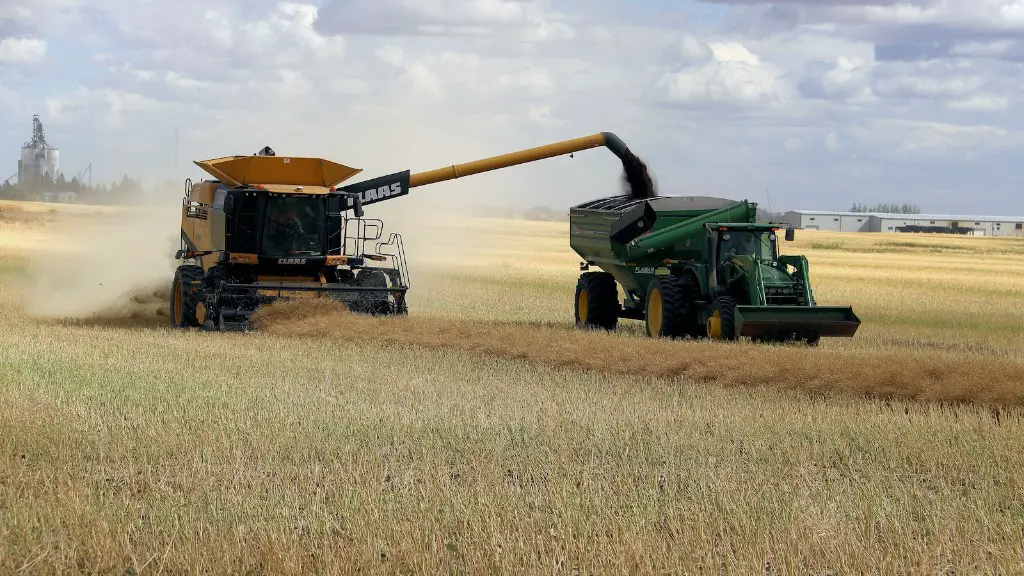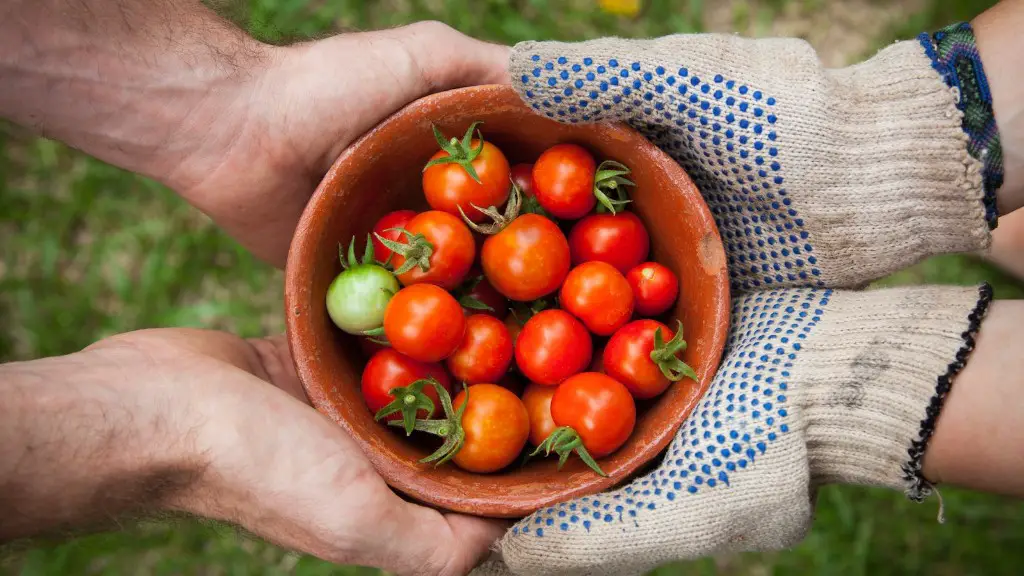Agricultural emissions are an increasingly pressing and highly debated issue worldwide. In some countries, they comprise a large portion of overall greenhouse gas emissions. In the United States, depending on the source, agricultural emissions account for between 8.5 and 11.5 percent of total carbon dioxide (CO2) emissions. Globally, the sector accounts for around 10 percent of all CO2 emissions, though estimates vary due to discrepancies in data collection and reporting. Although agriculture is responsible for only a small proportion of CO2 emissions, methods used in modern agriculture account for a much larger share.
No-till farming and the increased use of fertilizers and pesticides are the main drivers of agricultural emissions. Gases released from fertilization, including nitrous oxide and ammonia, are estimated to make up roughly 85 percent of agricultural greenhouse gas emissions. And studies show that manure management also contributes to greenhouse gases, mainly from methane and nitrous oxide. Soil erosion from agricultural practices such as plowing is another contributor, as is fuel combustion typically used in irrigation.
Transportation within agriculture, such as livestock transport, harvesting, and the movement of agricultural products, also plays a significant role in emissions. Whether transporting animals over long distances alone or shipping goods to other countries, the sector’s emissions are highly dependent on the amount of production, transport distances, and the modes of transport used. Business as usual scenarios suggest that this sector is likely to contribute more in the near future.
The global food system is also growing in emissions. Estimates suggest that it is responsible not only for the direct emissions released during its production and transport, but also for the indirect ones from deforestation, land degradation, and other upstream activities associated with growing, producing, and transporting the food. To reduce agricultural emissions, governments around the world need to adopt policies that support sustainable agricultural practices.
For instance, farmers can reduce the use of chemical fertilizer and grow their plants more efficiently. They can also increase the biodiversity of the environment, which helps in preserving soil fertility and nutrients. Additionally, more efficient irrigation practices can reduce water waste and help preserve precious resources. This can in turn reduce the need for energy to run irrigation systems and related emissions.
Finally, much can be done to reduce emissions from livestock as well. Implementing better husbandry systems and reducing the number of animals per unit area―all towards improving livestock management―can help reduce the emission of methane, a highly potent greenhouse gas. Moreover, initiatives like rearing grass-fed cattle and improving animal feed were designed to reduce direct and indirect GHG emissions from livestock.
Sustainable Agricultural Practices
In the context of climate change, governments around the world need to adopt policies that support sustainable agricultural practices, such as no-till farming. This could reduce both emissions and impacts related to soil erosion. Moreover, it is also essential to reduce the use of chemical fertilizer and grow plants more efficiently in order to reduce agricultural emissions. Supporting and promoting low-input agricultural practices can help reduce emissions as well. This includes replacing chemical fertilizers with organic matter such as compost and supporting agroecology in general.
Cover crops, intercropping and agroforestry systems can all contribute to reducing emissions of methane, a potent greenhouse gas derived from animal sources, such as the digestion of ruminants. If fertilizers are used, it is important to use slow-release forms that enable slower absorption of nitrogen and other important elements of the soil, reducing nitrogen losses and leaching.
Despite being one of the main sources of greenhouse gas emissions, land-use changes could also play a role in reducing emissions. For example, restoring forests and grasslands can potentially sequester a large amount of carbon dioxide from the atmosphere, contributing to climate change mitigation. Additionally, supporting better food waste management, reducing food miles, and investing in more climate resilient crops for a changing climate could all be solutions to reducing agricultural emissions.
Livestock Emissions
Reducing emissions from livestock is also a part of the equation of climate mitigation. Improving livestock management and diversifying the use of diets and animal feed are some of the initiatives that can significantly reduce emissions. Feeding animals with grass-fed diets reduce the production of methane in cattle and sheep, one of the most potent gases released in the atmosphere. Research suggests that better husbandry and animal management can also help reduce emissions.
In addition, the implementation of integrated crop and livestock systems can help increase food production while still reducing emissions. This kind of system could potentially replace conventional practices that are highly dependent on chemical inputs, as well as providing soil protection and increasing biodiversity. Moreover, from a technological standpoint, methane capture and use in the production of bioenergy could help reduce emissions from livestock.
Furthermore, other strategies such as selective breeding are being explored as solutions for the reduction of methane emissions. Capturing and using biogas for energy production is another way to reduce agricultural emissions. The anaerobic digestion of organic waste from the livestock sector would be a good way to recover energy from this source.
Carbon Sequestration
Apart from reducing emissions, another way to address climate change is to sequester carbon. Sequestering carbon means removing carbon dioxide from the atmosphere, either directly by using technologies such as carbon capture and storage, or indirectly by using natural processes. In agriculture, this can take the form of supporting practices such as regenerative agriculture, which involves enhancing the soil’s capacity to store carbon.
Moreover, through sustainable land management including agroforestry, using cover crops, and restoring degraded lands, soils can be used to store carbon and enhance their ecological health. Planting trees on agricultural land could also help reduce carbon dioxide in the atmosphere since trees absorb carbon dioxide for photosynthesis. Another way to sequester carbon is to replace conventional tillage with no-till or conservation agriculture.
Finally, preserving and restoring degraded, desertified or deforested areas can also contribute to sequestering carbon. This process, known as reforestation, could not only increase the amount of carbon stored in the biomass of plants, but also improve water accessibility, mitigate floods and drought, and restore and increase the land’s fertility.
Reducing Consumption
Reducing global consumption of animal products and food sources derived from industrialized agriculture is another way of reducing emissions. Changing diets, reducing global waste, and investing in nutrition should be part of an overall strategy to address climate change. The meat and dairy sectors are very energy intensive and contribute greatly to agricultural and global emissions.
Moreover, reducing and maximizing the efficiency of transportation of agricultural goods is also key to reduce emissions associated with the food system. Optimizing transport routes and minimizing transport distances can be achieved through improved collaboration between farmers and increasing the local processing, packaging, and composting of food.
In contrast, diets high in plant-based foods and fiber result in more efficient uses of energy and land resources and produce fewer emissions. Such diets can increase access to healthy and affordable foods, while reducing our reliance on the emissions-intensive meat and dairy industries. Growing more local, seasonal, and diverse food would also contribute to reducing emissions, while decreasing pressure on global food security.
Organic and Sustainable Agriculture
Organic and sustainable agricultural systems can contribute to reducing emissions in more ways than one. Organic farming, which does not use chemical inputs, emphasizes the importance of biodiversity, soil fertility, and water resources management. Sustainable practices such as crop rotation, use of cover crops, intercropping, and agroforestry systems are integral parts of organic and sustainable farming.
In addition, reducing the use of synthetic fertilizers is known to contribute substantially to agricultural emissions. While synthetic fertilizers are necessary to increase yields, their use can cause an increase in nitrous oxide, an important greenhouse gas. Replacing synthetic fertilizers with compost, manure, and other natural sources can help reduce agricultural emissions.
Finally, organic farmers often shun the use of pesticides, which are known to be responsible for significant emissions of GHGs. Pesticides have been linked to enhanced soil respiration, which can increase the emission of carbon dioxide. The use of organic pest control and natural predators can reduce emissions associated with the use of pesticides in agriculture.
